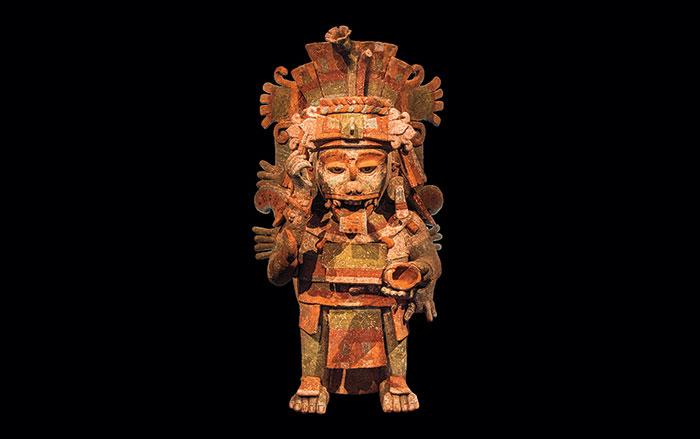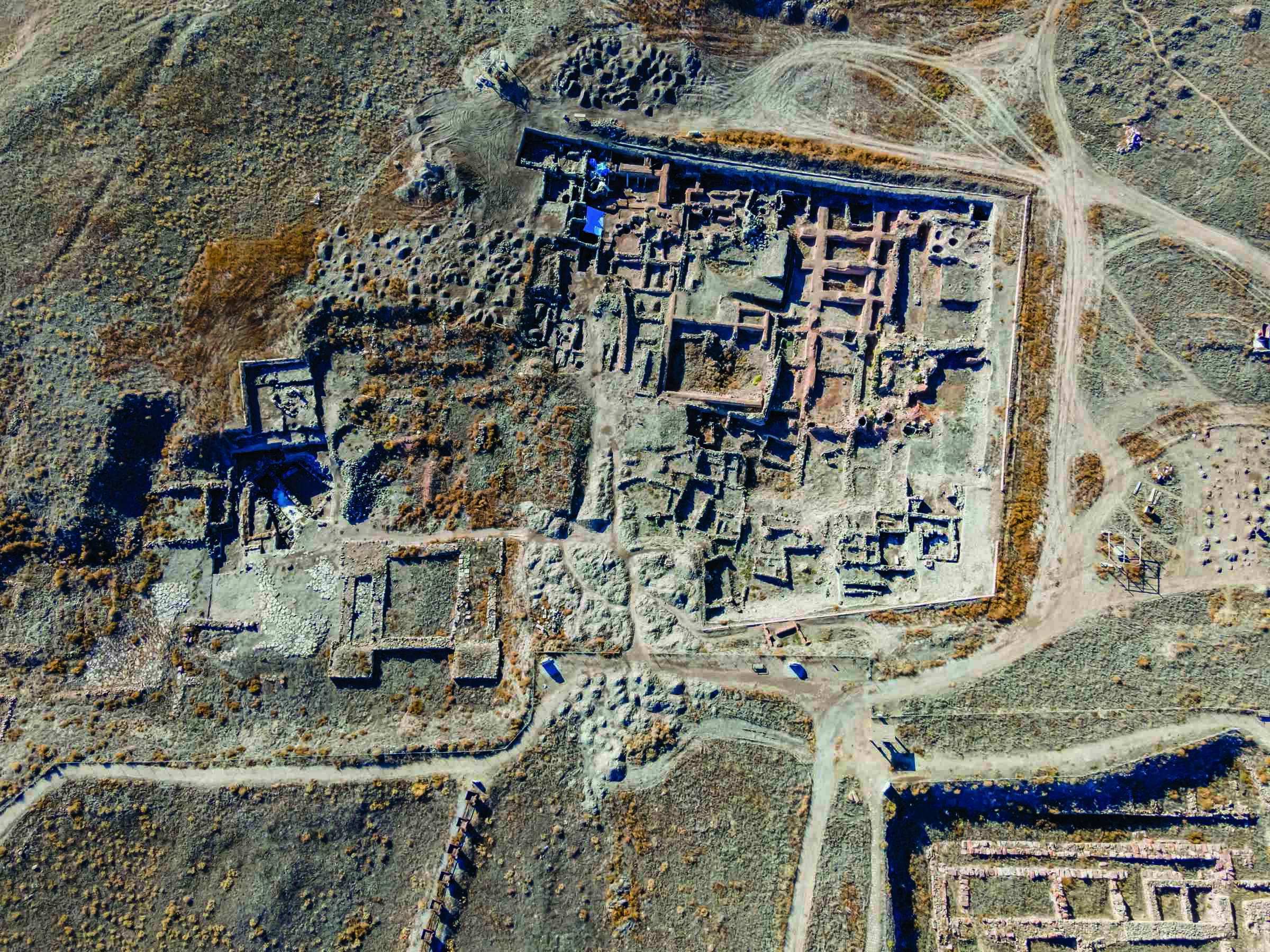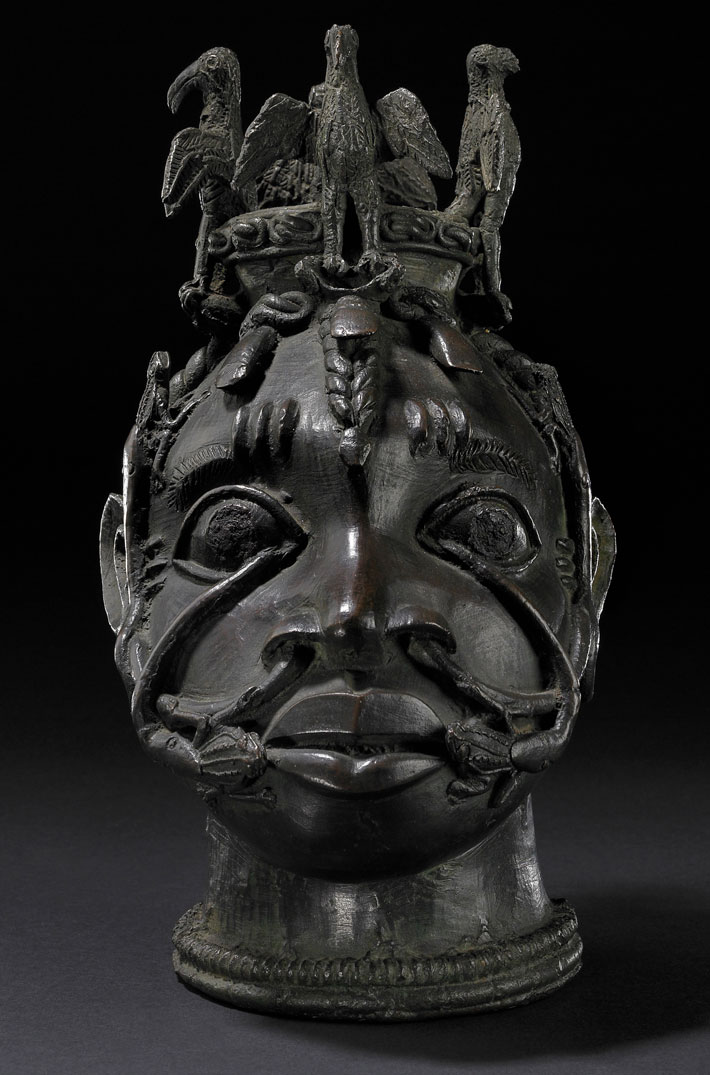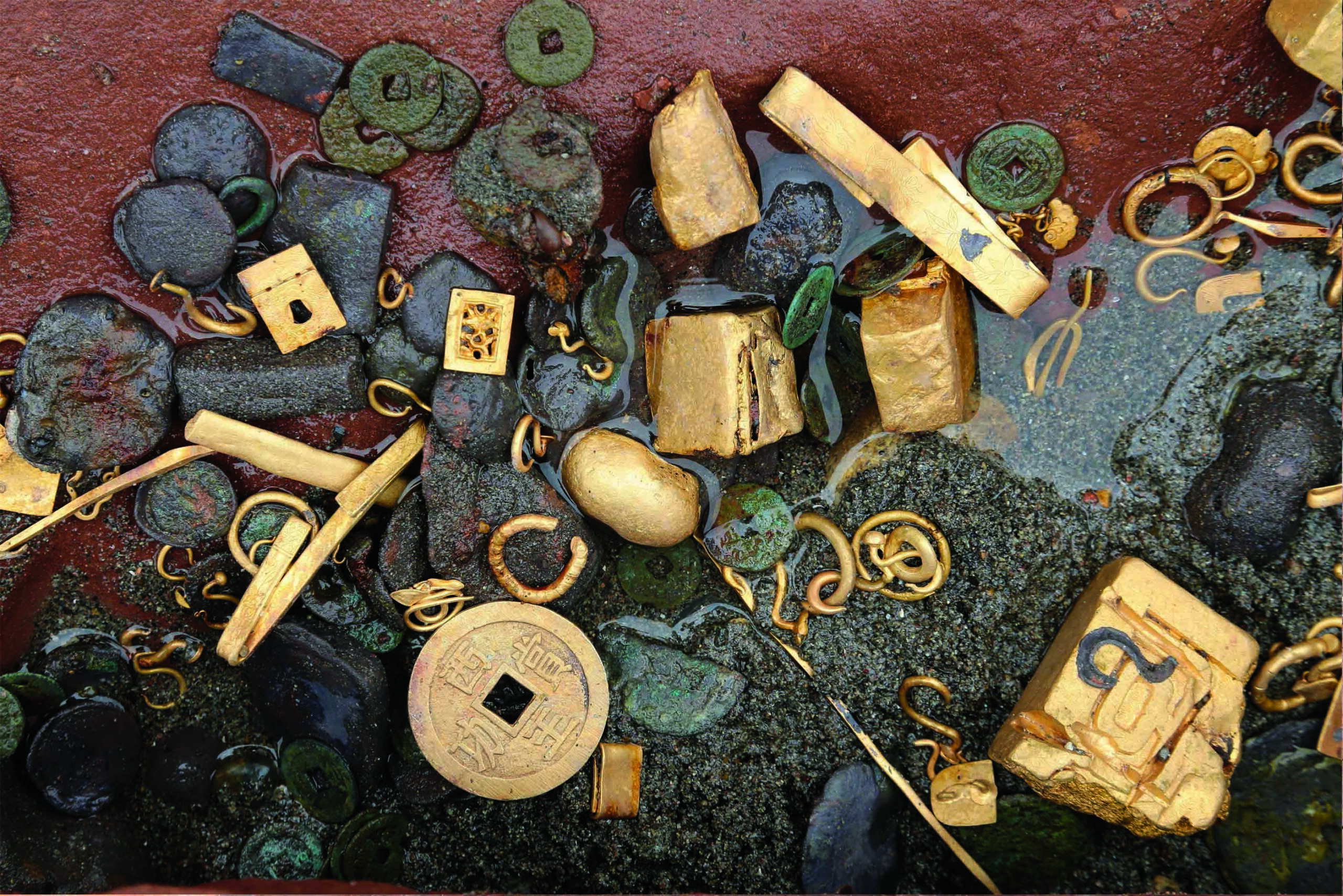DAVIS, CALIFORNIA—Previous research has shown that maize was first domesticated some 9,000 years ago by hunter-gatherers in lowland Mexico’s Balsas River Basin from a teosinte subspecies called parviglumis. Maize then spread along the Pacific coastline to Panama by about 7,800 years ago, and Peru by about 6,700 years ago. Now, a new genetic study conducted by evolutionary biologist Jeffrey Ross-Ibarra of the University of California, Davis, and his colleagues has identified a second wild grass as an ancestor of today’s maize, according to a Science Magazine report. When the researchers examined maize genomes from traditional varieties, modern varieties, and ancient plants from the southwestern United States, Mexico, and parts of South America, they found evidence for the ancestry of a highland teosinte subspecies called mexicana in all of the samples, except for one 5,500-year-old cob from the southeastern coast of Peru. Early farmers in central Mexico probably mixed mexicana with domesticated maize between 6,000 and 4,000 years ago, Ross-Ibarra explained. The new variety, which likely had slightly bigger cobs, more kernels per row, and could withstand more sunlight, then spread quickly. Farmers may have found that the genetic variation provided by mexicana made the maize crop more reliable, Ross-Ibarra surmised. For more on Indigenous maize cultivation, go to "Maize Maintenance."
Second Wild Grass Identified as Maize Ancestor
News December 1, 2023
Recommended Articles
Features January/February 2026
Taking the Measure of Mesoamerica
Archaeologists decode the sacred mathematics embedded in an ancient city’s architecture

Digs & Discoveries January/February 2026
In Local News

Features November/December 2025
Acts of Faith
Evidence emerges of the day in 1562 when an infamous Spanish cleric tried to destroy Maya religion

Artifacts July/August 2025
Maya Ceramic Figurine

-
Features November/December 2023
Assyrian Women of Letters
4,000-year-old cuneiform tablets illuminate the personal lives of Mesopotamian businesswomen
 (Attraction Art/Adobe Stock)
(Attraction Art/Adobe Stock) -
Letter from El Salvador November/December 2023
Uneasy Allies
Archaeologists discover a long-forgotten capital where Indigenous peoples and Spanish colonists arrived at a fraught coexistence
 (Courtesy Roger Atwood)
(Courtesy Roger Atwood) -
Artifacts November/December 2023
Sculpture of a Fist
 (Museum of Fine Arts, Boston/Bridgeman Art Library)
(Museum of Fine Arts, Boston/Bridgeman Art Library) -
Digs & Discoveries November/December 2023
The Benin Bronzes’ Secret Ingredient



